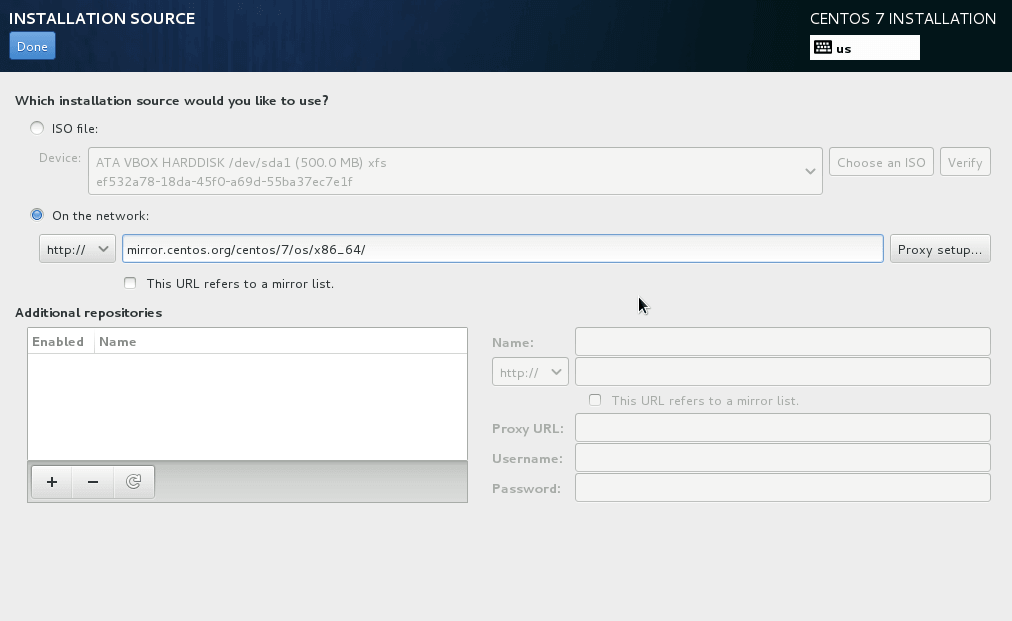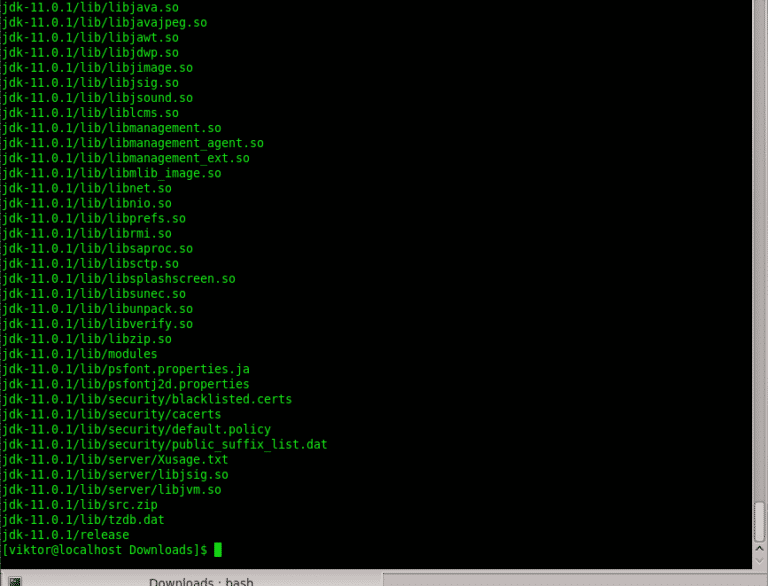
- #CENTOS 7 INSTALL OPENJDK 11 HOW TO#
- #CENTOS 7 INSTALL OPENJDK 11 INSTALL#
- #CENTOS 7 INSTALL OPENJDK 11 LICENSE#
- #CENTOS 7 INSTALL OPENJDK 11 FREE#
#CENTOS 7 INSTALL OPENJDK 11 INSTALL#
Step 2: Install OpenJDK package ~]# yum install java-11-openjdk Loading mirror speeds from cached hostfile
#CENTOS 7 INSTALL OPENJDK 11 HOW TO#
OpenJDK Installation on CentOS 7 with Easy StepsĪlso Read: How to Install Docker Compose on Ubuntu 20.04 LTS Step 1: Update all the packages first through yum tool ~]# yum update OpenJDK Installation on CentOS 7 is fairly easy and straightforward. OpenJDK is the official reference implementation of Java SE since version 7. Were it not for the GPL linking exception, components that linked to the Java class library would be subject to the terms of the GPL license.
#CENTOS 7 INSTALL OPENJDK 11 LICENSE#
The implementation is licensed under the GNU General Public License (GNU GPL) version 2 with a linking exception. It is the result of an effort Sun Microsystems began in 2006.
#CENTOS 7 INSTALL OPENJDK 11 FREE#
OpenJDK (Open Java Development Kit) is a free and open-source implementation of the Java Platform, Standard Edition (Java SE). Get all the Java configurations available in your machine.In this article, I will take you through OpenJDK Installation on CentOS 7 with easy steps. Java is one of the most popular programming languages used to build different types of applications and systems. Run the above command, select the version you want to set, I've set 1 here.

There are 2 programs which provide 'java'. In this tutorial, we will explain how to install one or more Java ( OpenJDK) versions on CentOS 8 and how to set the default Java via alternatives.

OpenJDK Runtime Environment 18.9 (build 11.0.7+10-LTS) Installing OpenJDK 11 on CentOSĠ1- To install the OpenJDK 11 on CentOS 8, run the following command as root or user with sudo privileges: $ sudo dnf install java-11-openjdkĠ2- Once the installation is complete, you can verify it by checking the Java version: $ java -version #INSTALL OPENJDK 11 CENTOS 7 HOW TO# OpenJDK 64-Bit Server VM 18.9 (build 11.0.7+10-LTS, mixed mode, sharing)Ġ1- If your application requires Java 8, so, you can install it by excuting the below command: $ sudo dnf install java-1.8.0-openjdk OpenJDK 64-Bit Server VM (build 25.252-b09, mixed mode) OpenJDK Runtime Environment (build 1.8.0_252-b09) #INSTALL OPENJDK 11 CENTOS 7 INSTALL#


The JAVA_HOME environment variable is used by some Java applications to determine the Java installation location and specify which Java version should be used to run the application.Ġ1- To set the JAVA_HOME variable, you can add a script inside the /etc/profile.d directory as below: JAVA_HOME="/usr/lib/jvm/java-1.8.0-openjdk-1.8.0.8_1.x86_64"Ġ2- Now, load the new environment variables by typing: $ source /etc/profile.d/java.shĠ3- Finally, verify that the JAVA_HOME environment variable was correctly set: $ echo $JAVA_HOME *+ 2 java-1.8.0-openjdk.x86_64 (/usr/lib/jvm/java-1.8.0-openjdk-1.8.0.8_1.x86_64/jre/bin/java)Įnter to keep the current selection, or type selection number:Ġ3- Finally, enter the number of the Java version you want to use as the default and press Enter Setting the JAVA_HOME Environment Variable So, if you installed multiple Java versions on your CentOS system, you can use the alternatives command to set which Java version will be used by default.Ġ1- To check what Java version is set as the default one, type: $ java -versionĠ2- If you want to change the default version, use the command alternatives to list all the installed Java versions. You might want to check the following guides: You have successfully installed Java8 and Java 11 on your CentOS 8.


 0 kommentar(er)
0 kommentar(er)
